Spinach is an annual soft-leafed herb plant grown for its leaves, which is used as a vegetable. Spinach is as superior as vegetables, even cultivating the smallest garden is becoming possible. It is a very good source of very important minerals like iron, potassium, antioxidants, and vitamins such as A and C. Let’s check out the best fertilizer for Spinach.
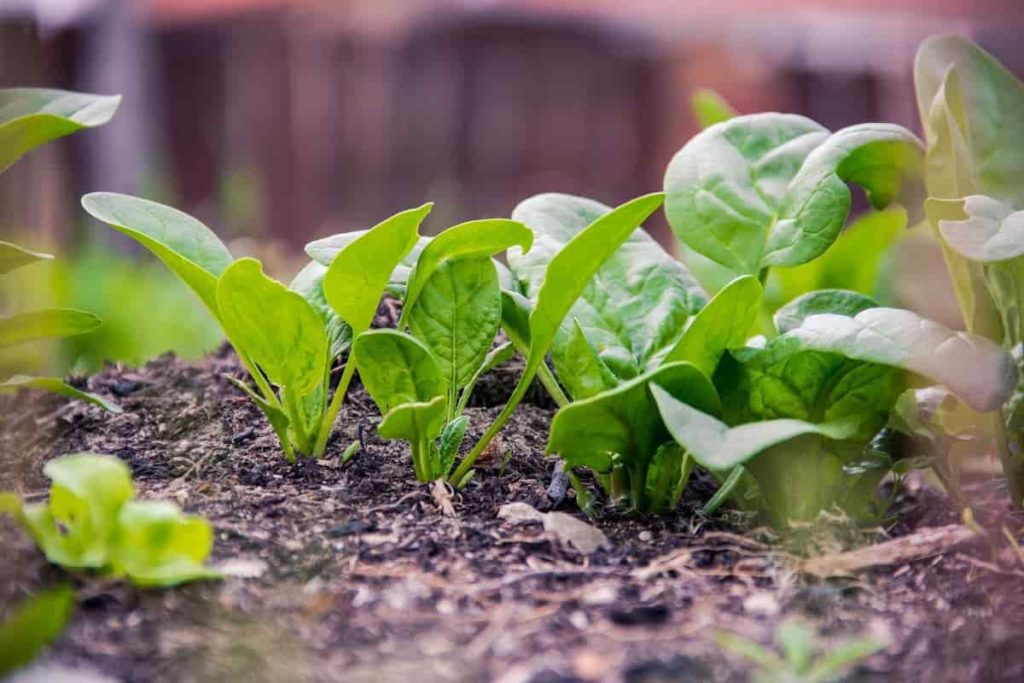
Spinach is a leafy green vegetable that grows best in cold, wet weather. It requires plenty of water and nutrients to grow well, but it also has certain fertilizer requirements. Soil testing should be done to determine the level of various nutrients in the soil to ascertain the required quantities. It is a heavy feeder crop and for maximum production, it should be provided with sufficient nutrients.
Both micro and micronutrients should be taken advantage of in the crop and it is obtained through the application of basal and foliar fertilizers. The amount of nitrogen in the soil is not enough for the growth and development of Spinach plants. Therefore, the requirements of the Spinach plant are met by nitrogen content. Nitrogen favors the growth of the aerial portion of vegetables. It is partly responsible for the green color of the plants and provides resistance to insects.
Phosphorus is very important in the ripening of flowers, seeds, and fruits. It participates in the formation and development of roots and has an important role to play in the resistance to drought. Potassium is decisive in the development of the entire plant, it allows roots and trunks to grow stronger and seeds, fruits, and leaves, larger. It resists pests and diseases, helps in the circulation of other nutrients around the plant, and regulates plant functions.
Best fertilizer for Spinach
Compost manure
- Well-rotted manure– Manure had significantly the highest influence on Spinach growth in development stages. There is not much secret to developing this fertilizer. It is only important to point out that it should be fermented correctly for its use. Otherwise, it can cause problems for Spinach.
- Compost – There is one of the most complete and economical organic fertilizers to make. At the same time, use all organic matter that we dispose of at home. Like fertilizer, it should be used when the degeneration is 100%.
- Compost tea – As its name suggests, it is tea made from fertilizer. To do this, add a good amount of manure to the burlap bag and let it sit in the water for about 20 days. By then the water must have turned yellow and it can be used for fertilization. If the yellow is too dark (almost brown), thin it in water until it turns light yellow.
In case you miss this: How to Grow Spinach Without Seeds
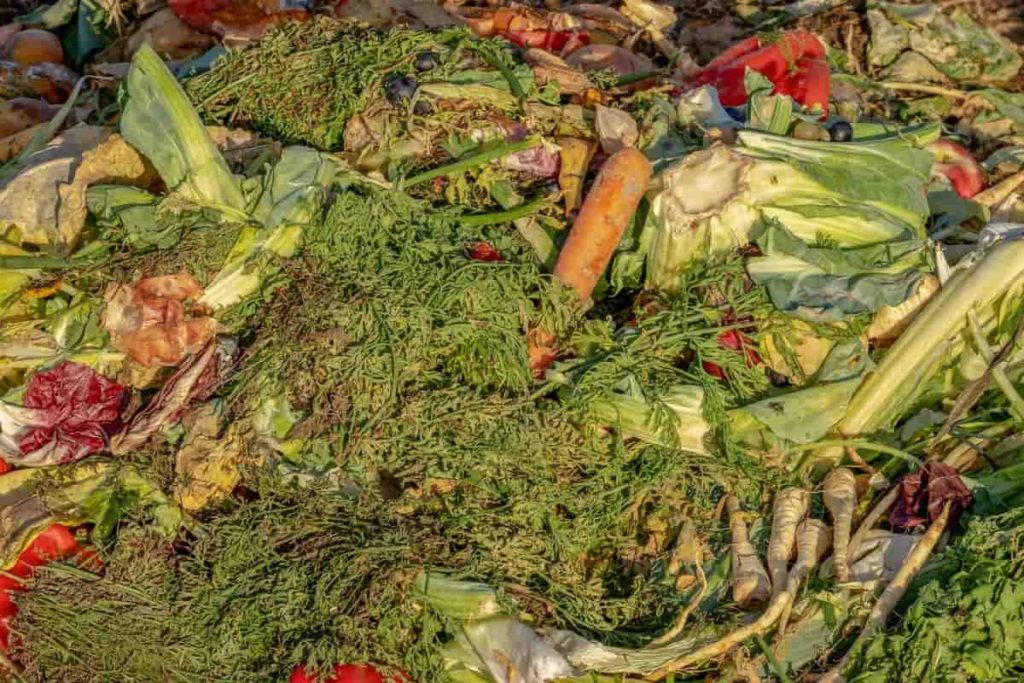
Organic fertilizers
If using organic fertilizer, blood and cottonseed meal, alfalfa-pellets and fish emulation are the best choices.
- Fish emulation – Place a fish in a large container with three parts of the sawdust with a lid, a bottle of sulfur-free molasses, and a little water. Then stir and turn for 15 days every day until the fish separates. Once decomposition, you can use thin fish emulation with water. The normal ratio is one tablespoon of emulation to one gallon of water.
- Blood meal – One of the perfect organic fertilizers for Spinach is blood food. The requirements of the Spinach plant and the contents of the blood meal are an ideal fit. Many people turn to blood food first before considering any other product. Spinach needs a lot of nitrogen and lots of iron to reach its potential as a crop.
- Bone flour – Bones are placed on fire and left to burn to prepare until they disintegrate (it usually takes two hours). Let them cool and place them in a strong bag or sack, then use a pot to grind them until they turn into flour.
Natural fertilizers
Tea leaves contain natural nitrogen that helps in boosting leaf growth. They make wonderful compost for the vegetables and decorative of the Spinach and other leaves. Just add tea leaves well to the top of the soil and water, avoiding contact with the plant base.
Commercial fertilizers for Spinach
There is a wide range of commercial fertilizers that can be used. In general, it is recommended to use people with high levels of nitrogen which will stimulate further development of the plant. In any case, there are people who successfully use balanced fertilizers, that is, with the same proportion of three main nutrients.
Homemade fertilizers
- Coffee grounds also hold natural nitrogen that helps in boosting leaf growth. Adding coffee ground to the soil slightly increases the level of soil acidity making it ideal for acid-loving plants. For plants that prefer more alkaline conditions only add some lime to the soil.
- A strong liquid fertilizer can also be made by soaking the spent coffee ground in water for a week or two. Thin before applying on your plants and avoid direct contact with leaves.
In case you miss this: Spinach Companion Plants, Planting Guide
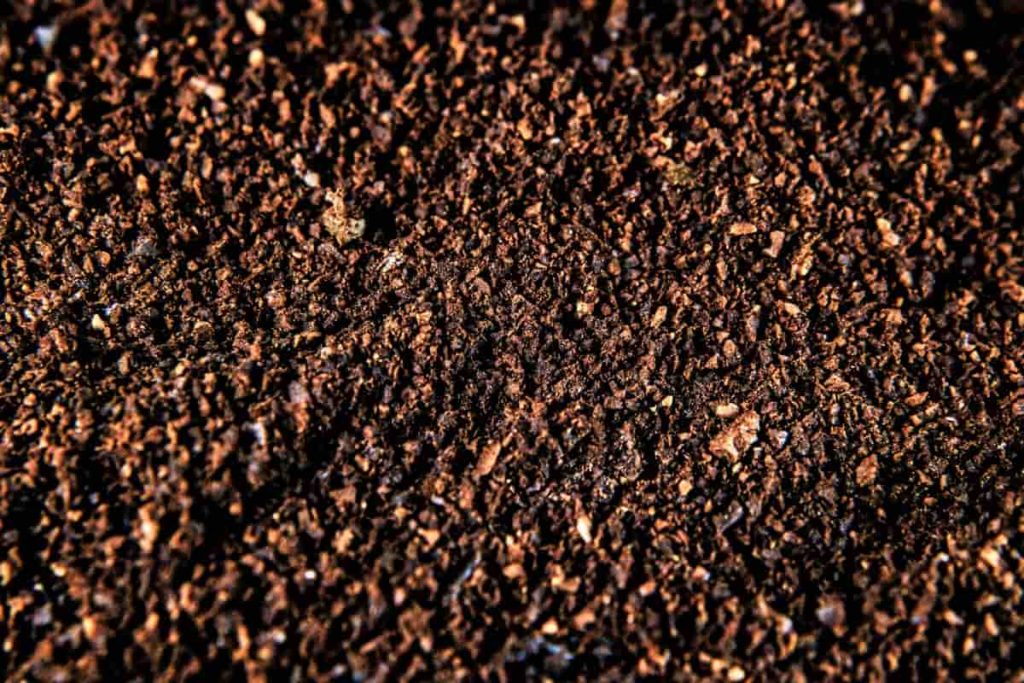
NPK ratio
- If you are going to use balanced fertilizers, 10-10-10 mix is one of the most used fertilizers. Then you can add nitrogen with another fertilizer (such as urea). If you prefer to use a compound with a higher nitrogen concentration directly, you can use a 15-10-10 compound. Regarding format, we will see in the next section that certain conditions depend on whether they can be used in both liquid and granulated forms. You should be careful while applying either one.
Fertilizer schedule for Spinach
Commercial fertilizers
- It is better to start with using Spinach fertilizer before planting. It is to adapt the soil to its high nutritional needs even before planting this vegetable.
- Apply common garden manure like 10-10-10 at the rate of 2 to 3 pounds per 100 square feet before planting the seed.
- When the seedlings take root correctly, you can start composting with liquid fertilizer. Preferably a mixture of 15-10-10. This fertilization should take over the whole cycle of Spinach development. The regularity with which it is necessary to do it is 15 or 20 days. Read the fertilizer use instructions carefully, there you will get the most appropriate dose to use.
- There is also a possibility of using granular fertilizer in place of liquid. If so, apply it later on the edge where you’ve planted Spinach. Be careful not to leave the manure grains near the trunks of the seedlings, otherwise, they can burn your plants. Also, remember to fertilize with plenty of water.
- If you want to use plant growing granular fertilizer, use it as a side dressing at the edge of the row and apply it every month or more. Pay attention and avoid getting grains in touch with plants, as it will burn them. Immediately water it thoroughly after applying granular fertilizers.
In case you miss this: Spinach Questions and Answers, Planting FAQs
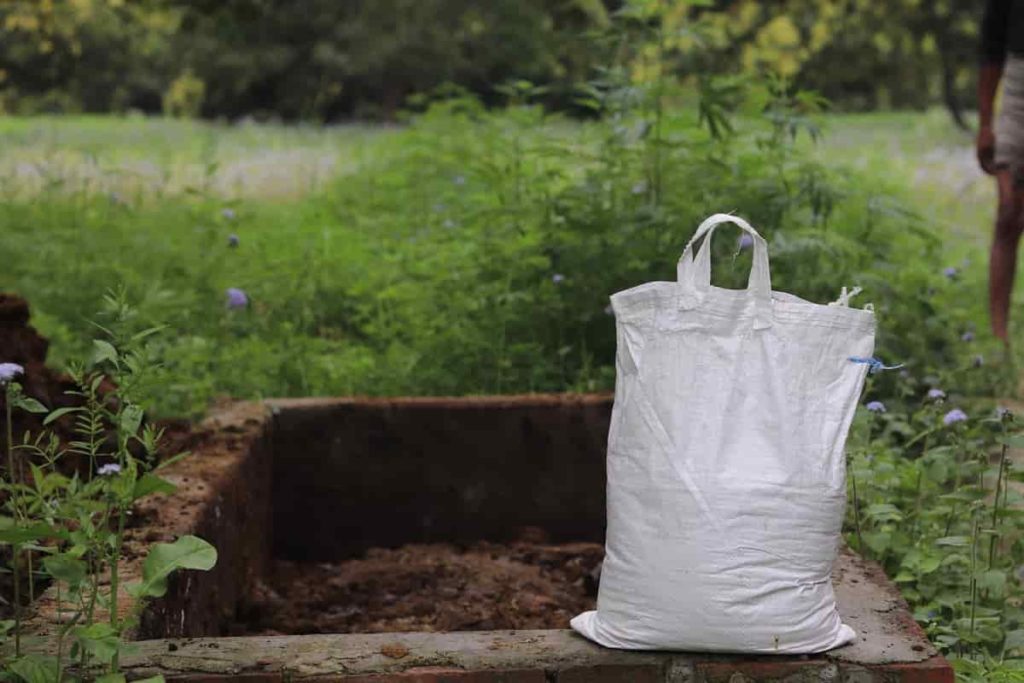
Organic fertilizers
- You can use balanced granular fertilizer or apply some organic fertilizer rich in nitrogen (ex; compost). Do this several days before the transplant, thus the nutrients from fertilizer dilute in the soil already. Or, compost as directed by the soil testing report.
- Spinach does the best performance when compost is applied in a 3-inches under the row. Apply 1 ⁄4 to 1 ⁄3 cups of fertilizer for each 10 ft row. Re-compost about 30 days after the plants come up.
- Apply manure around plants evenly after transplanting young Spinach plants. Nitrogen-based manure (21-0-0) should be spread to the plant side to promote rapid plant growth and strong production of leaves after four weeks.
- If organic fertilizers are used, fish emulation, seaweed, and cottonseeds are recommended. Fish emulation should be mixed with water and poured into the soil around the plants.
- If you want to grow organically, you can turn to the dress with any organic fertilizer that is rich in nitrogen. Plant and manure-based fertilizers work well and can be planted once or twice during the increasing season. In addition, any balanced or nitrogen-rich organic fertilizer that is soluble in water will also work well.
- You can replace some commercial fertilizers with organic fertilizers. During the development of the plant, it is better to use water-soluble organic fertilizers such as compost tea, fish emulation, etc.
In case you miss this: Growing Spinach In Greenhouse – In Winter, Indoors From Seed, Polyhouse
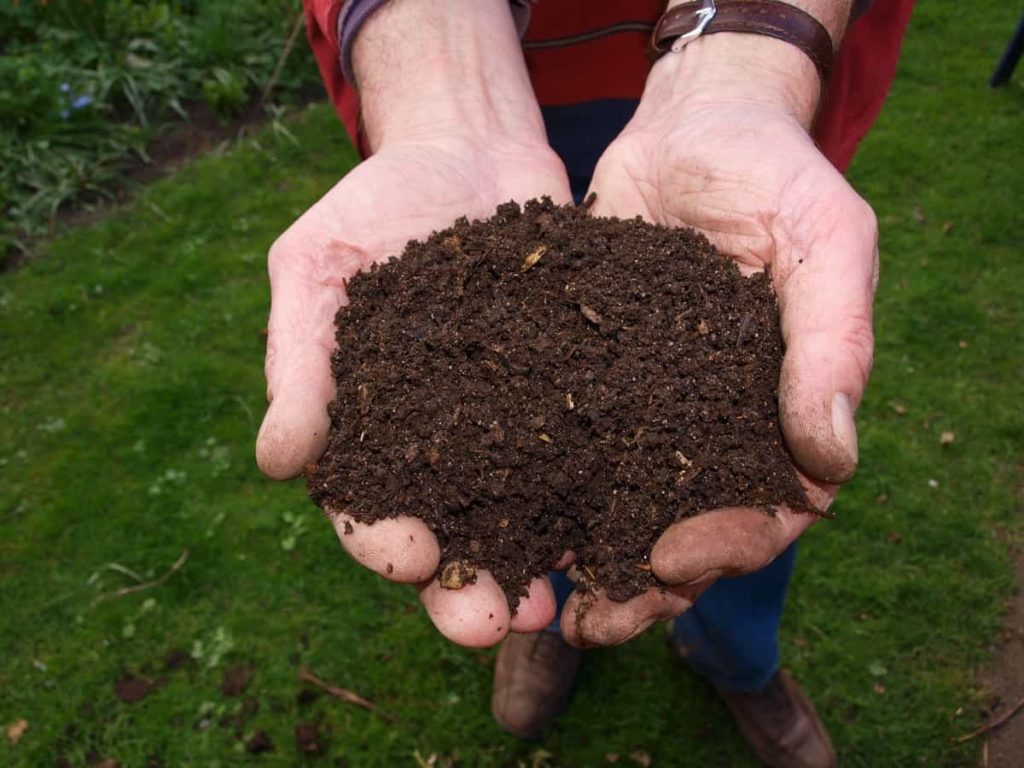
Best fertilizers for higher Spinach production
For good production, apply well-rotted cow dung100 Quintal and 35 kg Nitrogen (in the form of Urea@75 kg), 12 kg Phosphorus (in the form of Superphosphate@75 kg) per acre. Apply a full amount of well rotten cow dung and phosphorus with half the nitrogen before sowing. Apply the remaining amount of nitrogen to two equal splits after each cutting. Provide light irrigation after the application of fertilizer. Higher urea and fertilizer application rate increased production.
How to fertilize Spinach in pots
- Spinach is also a heavy feeder. Initially, add fertilizer to the soil before planting. Then feed the Spinach after thinning and then by side dressing. Spread the fertilizer around the base of the Spinach plants and lightly work it into the soil. Be careful, Spinach has shallow roots that can easily get damaged.
- Spinach likes nitrogen so enrich your soil with this nutrient before sowing seeds. Just mix organic manure or well rotten manure with potting soil. You can also use time-based fertilizer or liquid fertilizer; just make sure the nutrients are slowly released into the soil. In the middle of Spinach growth, enrich your soil with fish emulation, cottonseed food, organic manure, or manure tea.
- If you are using time-based or liquid fertilizer, add fertilizer regularly periodically to ensure sustained growth. Spread fertilizer around the base of the Spinach then gently work the fertilizer into the soil. Do this carefully as Spinach has shallow roots.
- How to Grow Hibiscus from Flower
- Plantation Ideas for Home Decoration: A Beginners Guide
- Flower Garden Designs and Layouts for Beginners
- Planting and Spacing Techniques in Papaya: A Beginner’s Guide
- Growing Gold: Essential Techniques for Planting Pineapples
- How to Make Kalanchoe Plant Bushy: Home Remedies and Solutions
- 11 Reasons Why Your Gardenia is Not Blooming: Home Remedies and Solutions
- Eco Elegance: The Guide to Designing a Drought-Tolerant Landscape
- Gardening on a Slope: Strategies for Hillside Landscaping
- Nourish and Flourish: Top Organic Mulches for Thriving House Plants
- Everything You Want to Know about Indian Mogra Flower: Discover Uses and Growing
- Green Thumb Success: Expert Tips for Cultivating Greenhouse Pumpkins All Year Round
- Maximize Growth & Flavor: The Ultimate Guide to Companion Planting in Herb Gardens
- How to Control Rhododendron Problems Naturally: Home Remedies and Organic Ways to Fix Them
- Natural Magic: The Remarkable Benefits of Cinnamon for Plants
- Best Steps to Revive Dying Tulip with Natural and Organic Treatment
- 10 Reasons Why Your Angel Trumpet is Not Blooming: Remedies and Treatment
- How to Fix Periwinkle Leaf and Flower-Related Problems: Natural Remedies and Solutions
- How to Fix Zinnias Leaf and Flower Problems: Discover Natural and Home Remedies
- Organic Steps to Induce Lemon Tree Flowers: A Comprehensive Guide
- Bloom Booster: Crafting the Perfect Homemade Bougainvillea Fertilizer
- Optimizing Growth: A Guide to Applying NPK Fertilizer for Potted Plants
- 10 Best Homemade Fertilizers for Rubber Plant: DIY Recipes and Application Method
- How to Boost Female Pumpkin Flowers: Effective Steps for More Flowers and High Yields
- Transform Your Indoor Garden: Top Benefits of Pink Salt for Houseplants
- 10 Best Homemade Fertilizers for Peacock Plants (Calathea): Easy DIY Guide
- Unlock Blooms: 9 Reasons Why Your Potted Chrysanthemum is Not Blooming
- 8 Reasons Why Your Potted Hibiscus is Not Blooming: Fix it with Simple Solutions
- Unlock Blooms: 9 Key Reasons Your Potted Frangipani Won’t Flower
- 10 Reasons Why Is My Ice Plant Not Blooming: Remedies and Treatment
- 10 Reasons Why My Potted Hydrangea Not Blooming: Treatment and Remedies
- 10 Reasons Why is My Wisteria Not Blooming: Remedies and Treatment
- 10 Reasons Why is My Goldfish Plant Not Blooming: Remedies and Treatment
- Maximize Your Space: Ultimate Guide to Balcony Gardening with Grow Bags
- 10 Reasons Why Your Iris is Not Blooming: Remedies and Treatment
- 10 Reasons Why Your Anthurium Plant is Not Blooming: Treatment and Remedies